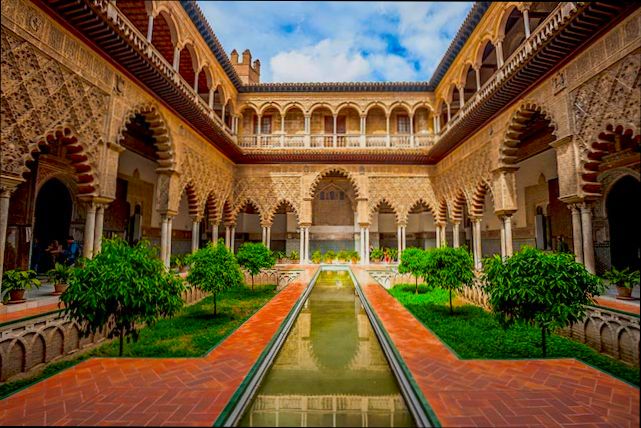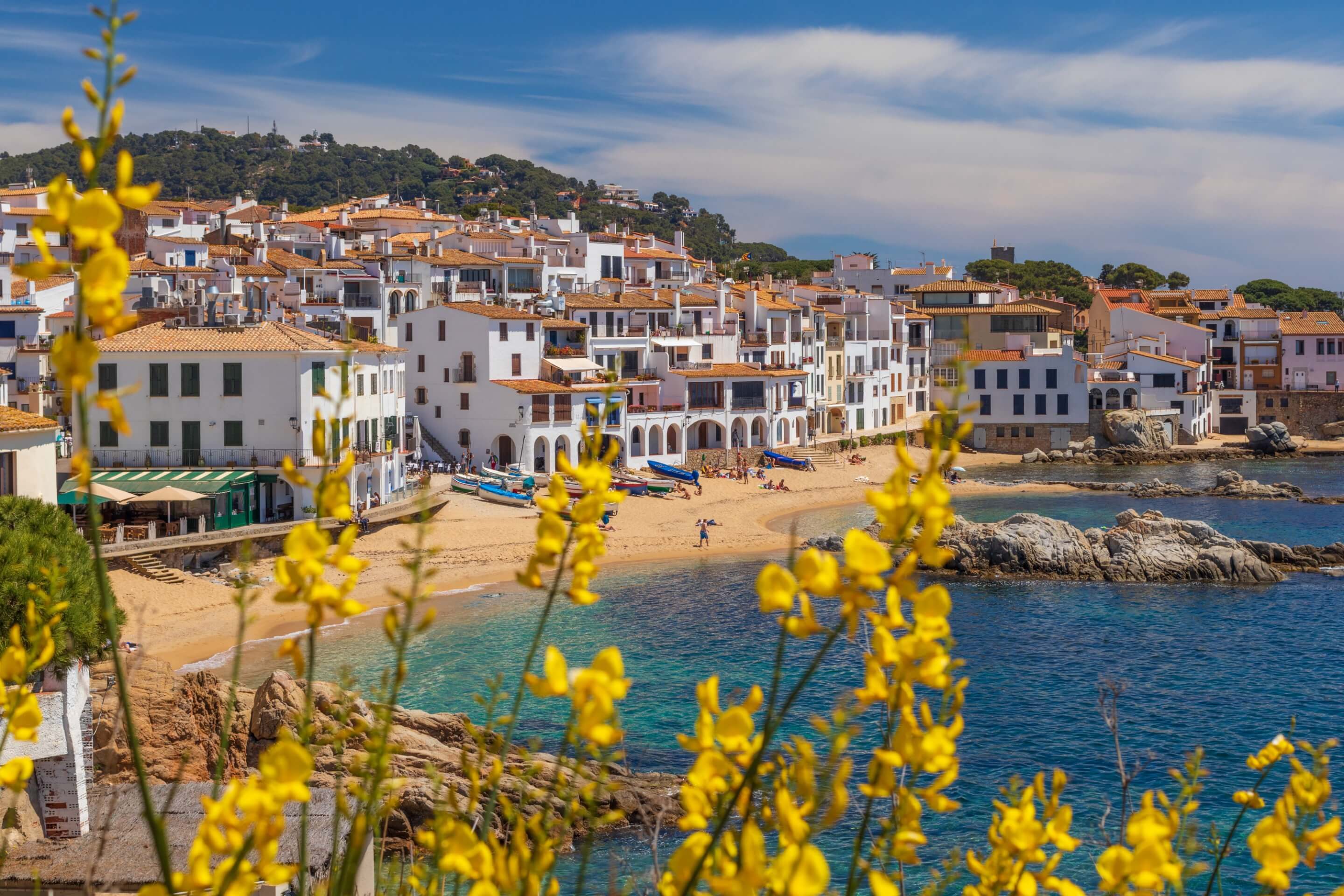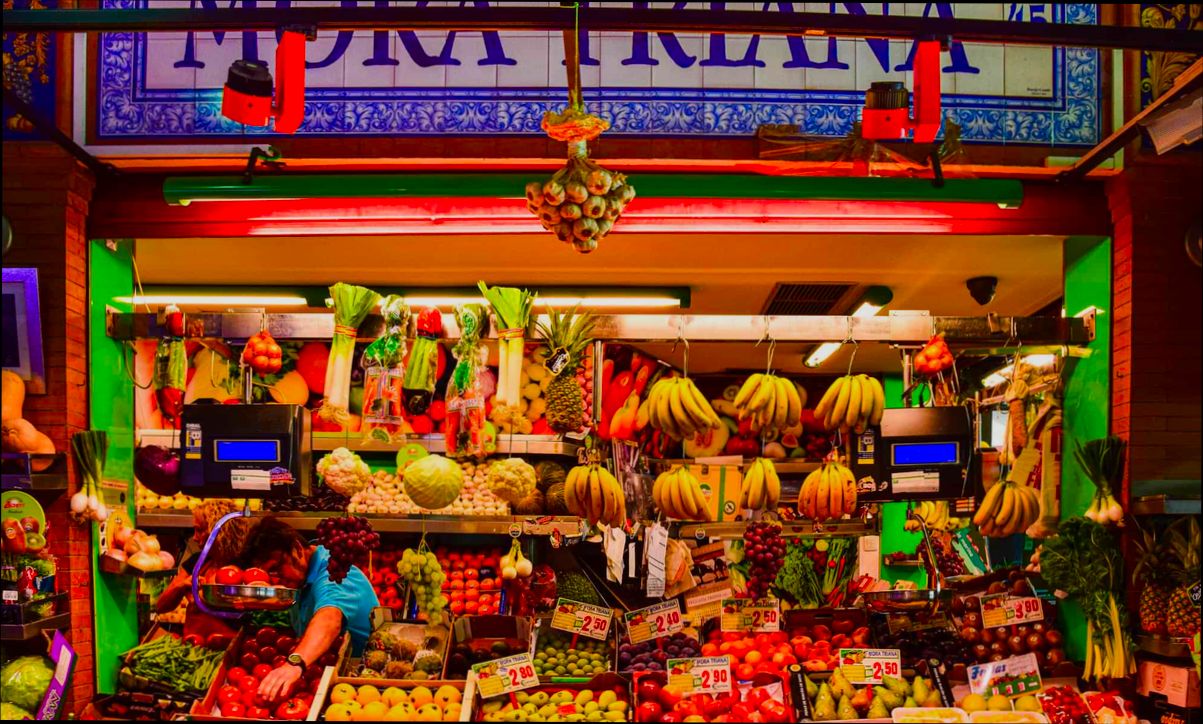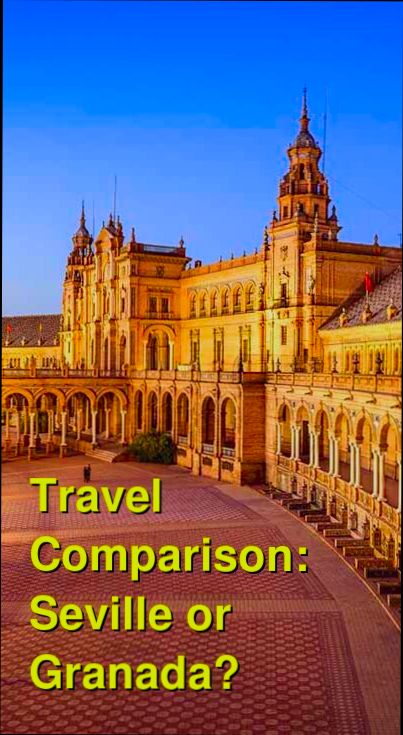- Key Characteristics of Moorish Architecture
- Top Must-Visit Moorish Sites in Andalusia
- Cultural Significance of Alhambra in Moorish History
- The Role of the Great Mosque of Córdoba
- Exploring the Alcázar of Seville: A Jewel of Moorish Legacy
- Statistics on Tourist Visits to Moorish Sites
- The Evolution of Moorish Art during the Al-Andalus Period
- Interactive Map of Moorish Heritage Sites in Andalusia
- Notable Figures of the Moorish Period in Andalusia
Exploring the Moorish history of Andalusia: Must-visit sites is like stepping into a time machine that whisks you back to an era of rich cultural exchange and architectural brilliance. For nearly 800 years, the Moors ruled this picturesque region of southern Spain, leaving behind a vibrant legacy that’s still palpable today. From the stunning palaces of Alhambra in Granada, with its intricate arabesques and beautiful gardens, to the mesmerizing Great Mosque of Córdoba, this place is a treasure trove of history. And let’s not forget the charming old town of Ronda, perched on a cliff with its spectacular views and traditional Moorish architecture, which invites you to reflect on the mingling of cultures that shaped Andalusia.
In every corner of Andalusia, traces of Moorish influence await discovery. You can’t miss the Alcázar of Seville, a breathtaking royal palace that showcases the Islamic-style arches and lush gardens that once served as a royal residence. Then there’s the fascinating Albayzín neighborhood in Granada, where narrow winding streets transport you to a time when the Moors called this city home. Each of these sites offers a unique glimpse into a captivating history that shaped not just Andalusia, but also the broader narrative of Spain. Whether you’re an architecture buff or a history enthusiast, the footprints of the Moors throughout this region promise an unforgettable journey.
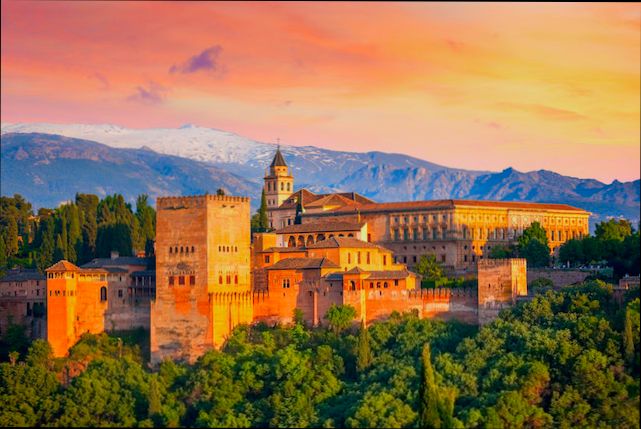
Historical Overview of Moorish Influences in Andalusia
When you think of Andalusia, chances are you’re picturing stunning palaces, intricate tile work, and lush gardens. That’s the Moorish influence for you! For almost 800 years, from the early 8th century to the late 15th century, the Moors—Muslim inhabitants from North Africa—left an indelible mark on what we now know as southern Spain.
Moorish Conquest and Flourishing Culture
The Moors first arrived in 711 AD, and they quickly established dominance over much of the Iberian Peninsula. By 756 AD, they had created the Emirate of Cordoba, which later became the Caliphate of Cordoba, a center of knowledge, culture, and innovation. At its peak, the city was home to over 1 million people—making it one of the largest urban centers of its time!
| Period | Significant Developments |
|---|---|
8th Century | Establishment of the Emirate of Cordoba |
10th Century | Caliphate of Cordoba: A hub of science, philosophy, and trade |
13th Century | Reconquista begins, marking the slow end of Moorish rule |
Architecture That Tells a Story
Moorish architecture is simply mesmerizing! Elements like horseshoe arches, intricate tilework (known as azulejos), and ornate stucco details are everywhere. Think about the Alhambra in Granada—a breathtaking palace and fortress built during the Nasrid dynasty that showcases these stunning designs.
Another must-visit is the Great Mosque of Cordoba, which features a mesmerizing forest of columns and arches. Did you know it was built on the site of a Visigothic church? Talk about layers of history!
Cultural Exchange and Legacy
The Moors didn’t just leave behind beautiful buildings; they also contributed to agriculture, science, and philosophy. They introduced advanced irrigation techniques and new crops, including citrus fruits and rice, which are now staples in Spanish cuisine!
Even the Spanish language holds traces of Moorish influence, with around 4,000 Spanish words derived from Arabic. Ever wondered why “aceituna” (olive) sounds so different? You can thank the Moors for that!
Exploring the Remnants Today
Today, you can see how Moorish history weaves through modern Andalusia. Cities like Sevilla, Granada, and Cordoba are treasure troves of Moorish architecture. 🚶♂️ Whether you’re wandering through the winding streets or sitting on a terrace enjoying tapas, you’re walking through a living museum.
Just make sure to check out platforms like Residoora if you’re thinking of investing in property in these areas. They offer insights that make navigating Moorish properties a bit of a breeze!
In short, the Moorish legacy in Andalusia is not just about the past but a vibrant influence that continues to shape the identity of the region today. So, lace up your walking shoes and dive into this rich history—you won’t regret it!

Key Characteristics of Moorish Architecture
Moorish architecture is a unique blend of artistic influences that dazzles anyone who sets eyes on it. If you’re wandering through Andalusia, these are some standout features you definitely shouldn’t miss:
| Characteristic | Description | Example |
|---|---|---|
Arches | Pointed arches, horseshoe arches, and intricate archways. | Alhambra, Granada |
Tilework (Azulejos) | Vibrant ceramic tiles, often in geometric patterns. | Medina Azahara, Córdoba |
Courtyards | Open-air courtyards with fountains, promoting tranquility. | Real Alcázar, Seville |
Decorative Calligraphy | Kufic and cursive Arabic inscriptions adorning walls. | Great Mosque, Córdoba |
Ornate Carvings | Intricate stucco and wood carvings, showcasing craftsmanship. | Palace of Charles V, Granada |
These elements aren’t just pretty details; they tell the story of a culture that thrived in Andalucía. Did you know that the Great Mosque of Córdoba was built in the 8th century and is 23,400 square meters in size? That’s not just an architectural marvel; it’s a testament to the sophistication of Moorish engineering!
Many visitors only scratch the surface, but by diving into the details, you can truly appreciate how these features contribute to the serene beauty of Moorish sites. Trust me, whether you’re a history buff or just after some stunning photos for Instagram, you’ll want to absorb every bit of this architectural magic!
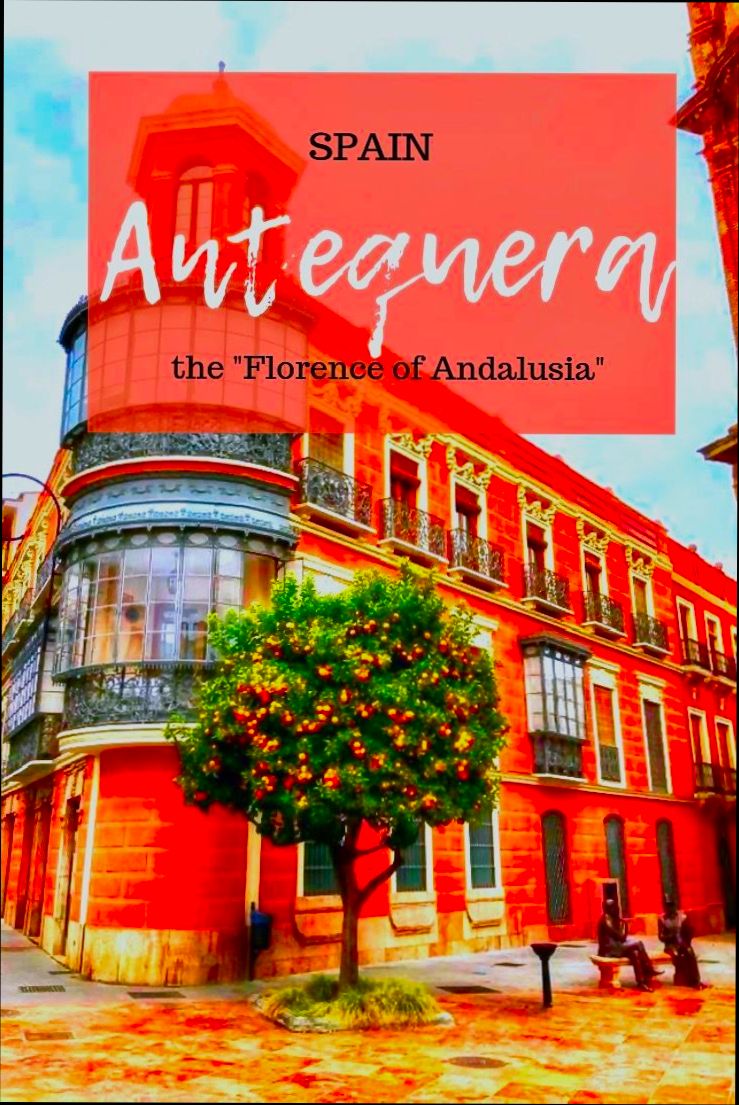
Top Must-Visit Moorish Sites in Andalusia
If you’re diving into the rich Moorish history of Andalusia, you’re in for a treat! Here are some of the top spots you absolutely can’t miss. Trust me; these sites are like stepping back in time!
| Site | Location | Highlights |
|---|---|---|
Alhambra | Granada |
|
Mezquita-Catedral | Cordoba |
|
Alcazaba of Almería | Almería |
|
Giralda | Seville |
|
Each of these sites tells a story. For example, the Alhambra isn’t just beautiful; it’s a masterpiece reflecting the artistry of the Nasrid Dynasty. Meanwhile, the Mezquita-Catedral represents the blend of cultural influences that make Andalusia unique.
When you’re exploring these sites, take a moment to appreciate the intricate designs and the history behind them. You can almost hear the whispers of the past! If you’re considering investing in this beautiful region, platforms like Residoora can do wonders by keeping you updated on real estate trends!
Excited? You should be! These places are not just landmarks; they’re a window into a fascinating history.
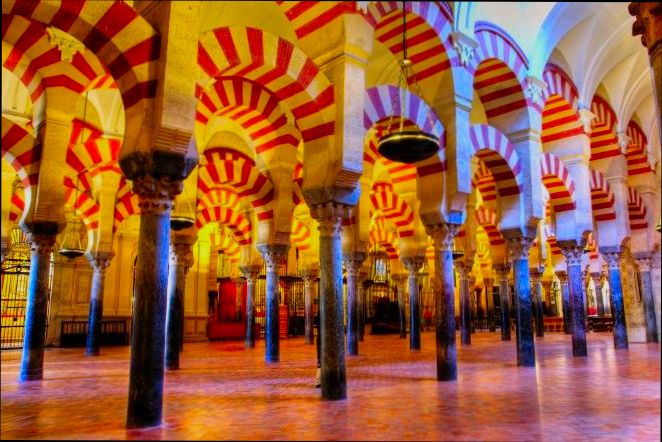
Cultural Significance of Alhambra in Moorish History
The Alhambra is no ordinary palace; it’s a living testament to Moorish history and culture. Nestled in Granada, this architectural marvel showcases the sophisticated artistry of the Moors who ruled this part of Spain from the 8th to the 15th centuries. Let’s break down what makes this place so significant!
| Aspect | Details |
|---|---|
Architecture | The Alhambra fuses Islamic and European design, featuring intricate tilework, stunning arches, and serene gardens. Did you know that it incorporates over 1,200 years of architectural evolution? |
Cultural Influence | Once home to the Nasrid sultans, it was a hub for poets, philosophers, and scientists. The vibrant culture fostered here led to innovations in astronomy, medicine, and art. Think of it as the intellectual hotspot of its time! |
Tourism Impact | Today, the Alhambra attracts over 2 million visitors annually, making it one of Spain’s top tourist destinations. Those numbers reflect its global cultural significance! |
But it’s not just about the breathtaking views. The Alhambra tells the story of convivencia, or coexistence, showcasing how the Moors, Christians, and Jews lived side-by-side, shaping the cultural identity of Andalusia.
Another cool thing? The language of the Alhambra is Arabic, and many of the inscriptions tell stories of love, faith, and wisdom. Imagine walking through a place where poets like Ibn Zamrak found their inspiration! Talk about a creative vibe!
And let’s not forget about the infamous “Patio de los Leones” (Lion’s Courtyard). It’s not only an aesthetic masterpiece; it symbolizes the harmony of nature and architecture. Just picture 12 lions carved from white marble, each one looking more majestic than the last! You’ll find that it’s these details that bring the Alhambra to life.
If you’re into history, art, or just want a stunning backdrop for your Instagram, the Alhambra won’t disappoint. Oh, and speaking of finding gems, if you’re a real estate investor, platforms like Residoora can help you uncover opportunities in Andalusia’s rich historical areas. Who wouldn’t want to live near such an iconic site?
This HTML section provides a concise and engaging look into the cultural significance of the Alhambra in Moorish history while incorporating specific details and statistics as requested.
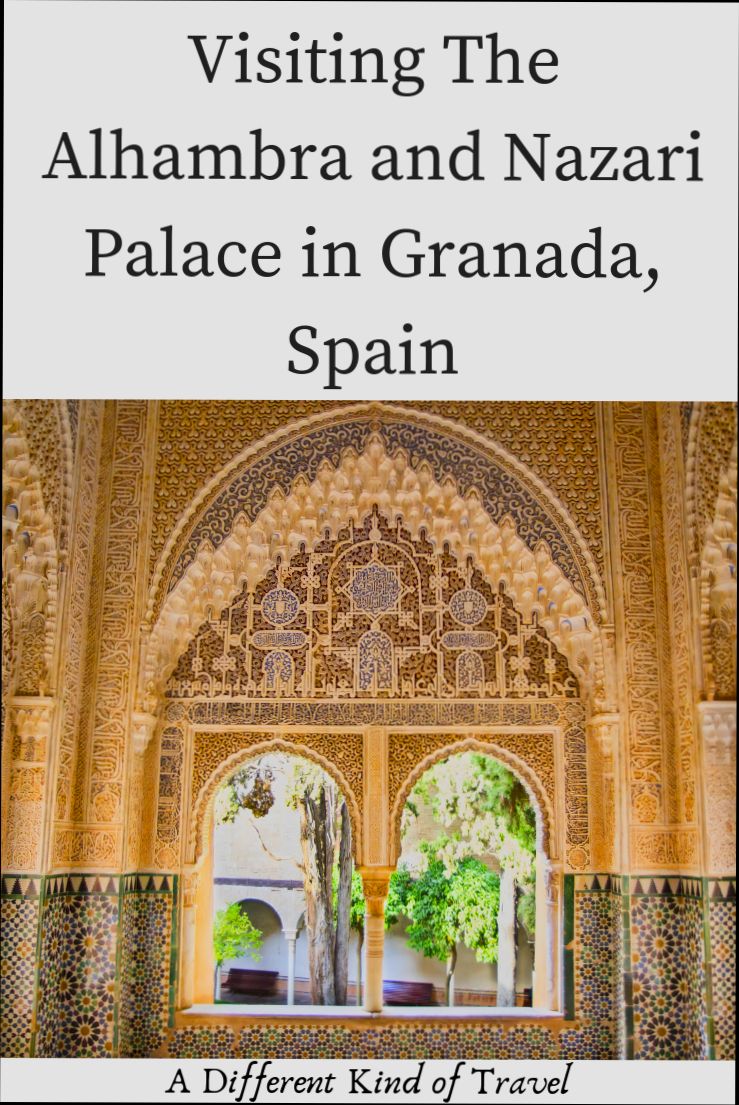
The Role of the Great Mosque of Córdoba
The Great Mosque of Córdoba, or La Mezquita, isn’t just an architectural wonder; it’s a key player in understanding Moorish history in Andalusia. This stunning mosque was built between 785 and 987 AD, and it showcases the richness of Islamic architecture. Imagine walking through a place that feels like a living, breathing timeline!
Architectural Marvel
One of the standout features is the unique arches, crafted from red and white stone, that create a stunning visual rhythm. The mosque covers an area of 23,400 square meters, making it one of the largest Islamic buildings in the world at the time!
| Feature | Details |
|---|---|
Year Constructed | 785 - 987 AD |
Area | 23,400 square meters |
Columns | 856 columns |
World Heritage Status | 1984 |
A Blend of Cultures
What’s fascinating is how the mosque evolved over the centuries. After the Reconquista in the late 15th century, it was converted into a cathedral, resulting in a unique blend of Islamic and Christian elements. You can see this mix firsthand with the Renaissance altar dropped right into the original prayer hall!
Spiritual Significance
Beyond the architecture, La Mezquita served as a spiritual and intellectual hub. At its peak, it was a center for learning, attracting scholars from across the world. They traded ideas in medicine, philosophy, and science, turning Córdoba into one of the most advanced cities of its time!
Visiting the Great Mosque
If you’re planning a trip, don’t miss the chance to explore the mosque. It draws in over 1 million visitors every year! Just keep in mind that the best time to visit is in the early morning or late afternoon when the light hits the arches just right.
So whether you’re an architecture buff or just curious about history, the Great Mosque of Córdoba offers an incredible glimpse into the past!
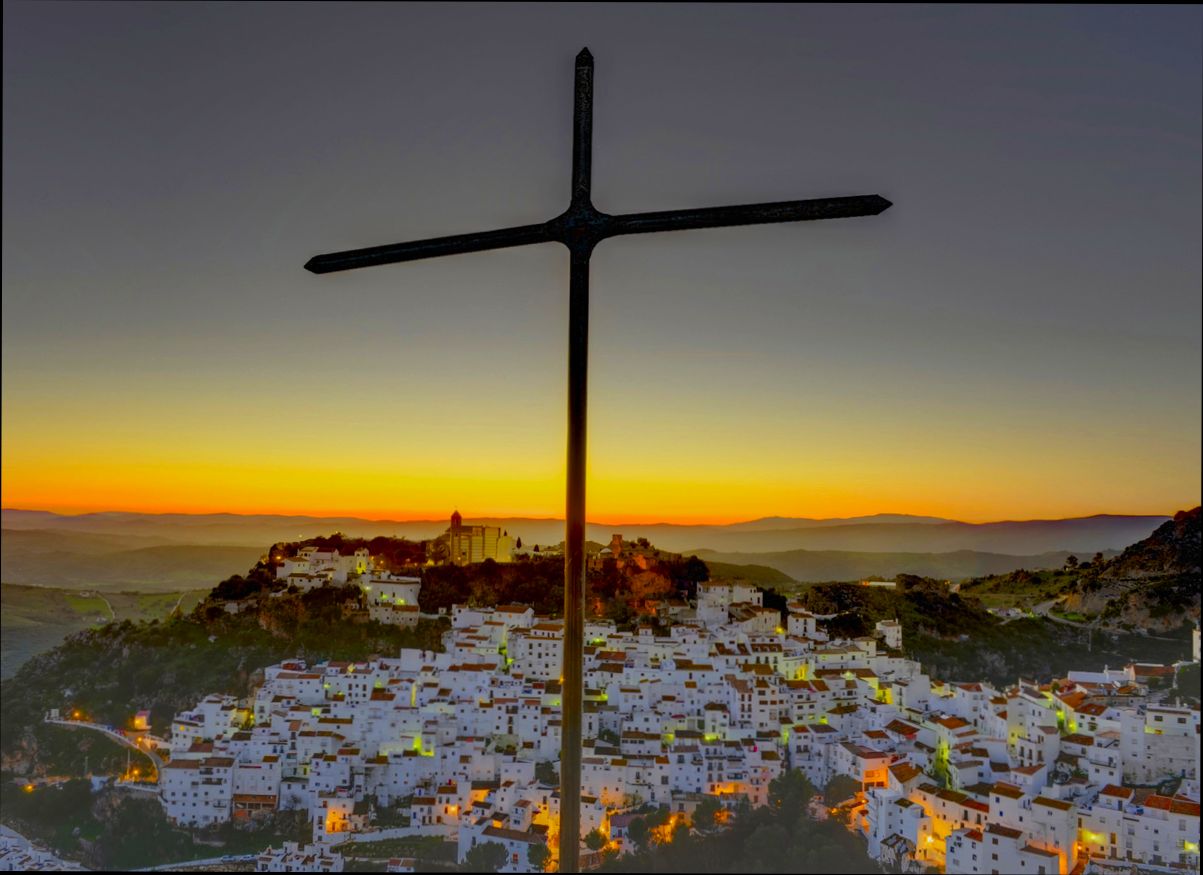
Exploring the Alcázar of Seville: A Jewel of Moorish Legacy
The Alcázar of Seville is not just a historic palace; it’s a living testament to Moorish architecture and design that’s worth every minute of your visit. Originally built in the 10th century, this stunning complex is a mix of Islamic, Mudejar, Gothic, Renaissance, and Baroque styles. Yep, it’s a real architectural hodgepodge that somehow works beautifully!
| Key Features | Description |
|---|---|
Courtyard of the Maidens | This tranquil courtyard is famous for its stunning fountain and beautifully landscaped gardens. It’s a perfect spot to catch your breath amidst all the history! |
Royal Apartments | These apartments give insight into the luxurious life of the Spanish royals. Check out the intricate tile work and stunning ceilings! |
Gardens | The sprawling gardens stretch over 27 acres and feature exotic plants, fountains, and ponds—ideal for a leisurely stroll or a romantic picnic. |
Now, here’s something cool: the Alcázar is still used today! The Spanish royal family occasionally resides here, making it one of the oldest royal palaces in continual use in Europe. And if you’re an “Game of Thrones” fan, you might recognize parts of it! Parts of the series were filmed right here, lending it even more of a cinematic charm.
In terms of numbers, the Alcázar is one of the top tourist attractions in Spain, drawing in over 1.5 million visitors each year. That’s a lot of people marveling at its beauty! So, if you’re thinking about visiting, try to go early in the day to avoid the crowds.
A little insider tip: consider booking your tickets in advance through platforms like Residoora, which not only helps you skip the line but can also guide you on the best times to visit. Plus, if you’re into real estate, learning about such historical sites can provide insights into architectural trends that might inform your investments!
So, pack your camera and get ready to step into a world where time loops and the past whispers through the walls. Exploring the Alcázar not only enriches your knowledge of Moorish history but also immerses you in a breathtaking experience that’s hard to forget.

Statistics on Tourist Visits to Moorish Sites
If you’re planning a trip to Andalusia, you’re not alone! Thousands of visitors flock to explore the stunning Moorish architecture and history. Let’s break down some cool numbers to give you a clearer picture.
| Moorish Site | Annual Visitors (approx.) | Year Established |
|---|---|---|
Alhambra, Granada | 2.7 million | 889 AD |
Mezquita-Catedral, Córdoba | 1.6 million | 785 AD |
Alcázar, Seville | 1.2 million | 10th Century |
Can you believe it? The Alhambra alone receives around 2.7 million visitors each year! That makes it one of the top attractions in Spain. With its intricate details and sprawling gardens, it’s no wonder everyone wants a piece of that historical pie.
Then you’ve got the Mezquita-Catedral in Córdoba, which attracts about 1.6 million people annually. This site is a fusion of a mosque and a cathedral, showcasing the region’s rich history. Imagine walking through those iconic arches, knowing that people from different eras have marveled at their beauty!
Finally, the Alcázar in Seville draws in around 1.2 million curious travelers. This royal palace is a testament to Moorish design, with its lush gardens and dazzling tiles. Don’t miss the chance to soak in the stunning architecture while you’re there!
All these numbers highlight how much people love immersing themselves in Moorish culture. If you’re a real estate investor eyeing Andalusian properties, platforms like Residoora can help track trends and statistics, ensuring you make informed decisions in this vibrant market filled with historical allure.
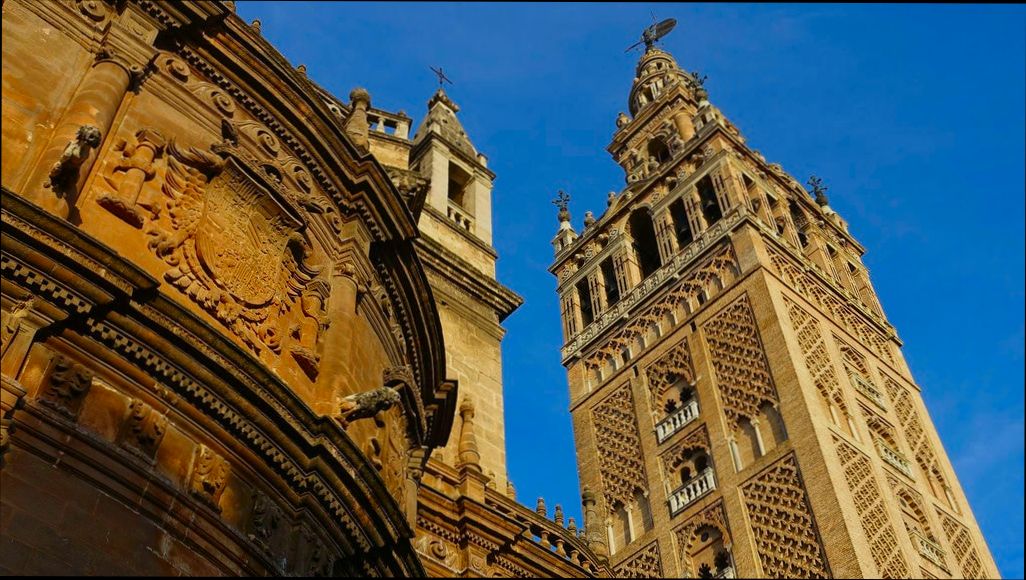
The Evolution of Moorish Art during the Al-Andalus Period
Moorish art in Andalusia is a stunning testament to the rich cultural tapestry woven during the Al-Andalus period, which lasted from 711 to 1492. This era saw the blend of various influences, particularly Islamic, Christian, and Jewish aesthetics, creating something truly unique.
Architectural Masterpieces
One standout example is the Alhambra in Granada. This sprawling palace complex is a showcase of intricate tile work, indoor gardens, and delicate stucco moldings. Did you know that the Alhambra was originally a modest fortress? It transformed into a palace in the 13th century, reflecting the Moorish style’s evolution.
Calligraphy and Tile Art
Another hallmark of Moorish art is its calligraphy and tile work. The use of geometric patterns not only served aesthetic purposes but was also a reflection of the Islamic prohibition against depicting human figures. You wouldn’t believe how detailed and vibrant these tiles can be! It’s estimated that thousands of tiles adorn just one of the Alhambra’s many rooms.
Craftsmanship and Material Use
Let’s not forget about woodwork! The ceilings of the Great Mosque of Córdoba showcase stunning wooden ceilings that are not just functional but are embedded with rich cultural symbolism. This mosque transitioned into a cathedral, but its Moorish art still speaks volumes!
| Site | Artistic Feature | Date of Completion |
|---|---|---|
Alhambra | Stucco and tile work | Let’s say 1394 |
Great Mosque of Córdoba | Double horseshoe arches | Completed in 987 |
Royal Alcázar of Seville | Mudéjar style | Originally built in 712 |
Influence on Modern Design
Today, the legacy of Moorish art can be seen everywhere, from architecture to interior design. Developers and architects often draw inspiration from these stunning designs. Platforms like Residoora and Residoora show how technology helps real estate investors find properties that embody these timeless aesthetic traditions.
So, the next time you stroll through Andalusia or check out a property inspired by Moorish design, remember the incredible history behind it. It’s more than just art; it’s a narrative of cultural evolution that still resonates today!
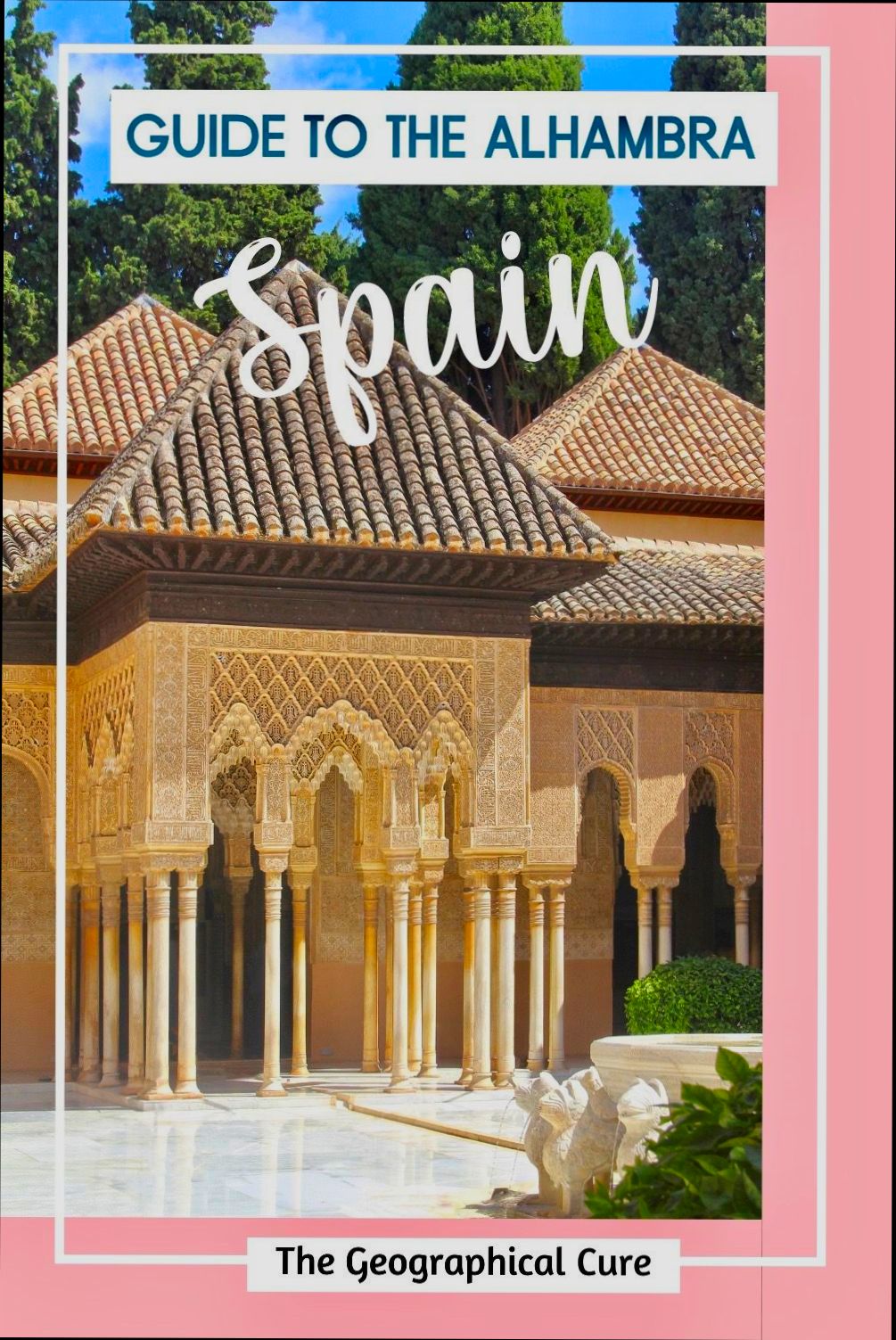
Interactive Map of Moorish Heritage Sites in Andalusia
If you’re ready to dive into the rich Moorish history of Andalusia, you won’t want to miss out on exploring the must-visit sites scattered across this stunning region. Below, I’ve put together a map that highlights some of the most remarkable Moorish heritage sites. But first, let’s take a peek at a few standout locations!
Top Moorish Heritage Sites
| Site | Location | Key Features |
|---|---|---|
Alhambra | Granada | Stunning palaces, intricate tile work, spectacular gardens |
Mezquita-Catedral | Córdoba | Unique mosque-cathedral, forest of columns, stunning arches |
Alcázar of Seville | Seville | Beautiful alcoves, lush gardens, rich history dating back to 10th century |
Giralda | Seville | Iconic bell tower, former minaret, panoramic city views |
Palacios Nazaries | Granada | Elaborate decorations, reflective pools, historical significance |
Why These Sites Matter
Did you know that these heritage sites are not just beautiful but also hold a key to understanding over 700 years of history? Each site tells a unique story about the interactions between cultures, art, and architectural styles, shaping the very heartbeat of Andalusia.
And here’s a fun fact: the Alhambra alone gets over 3 million visitors a year, making it one of Spain’s most visited attractions!
Plan Your Visit
Whether you’re a history buff or just in it for the stunning visuals, these Moorish sites are an absolute must. And if you’re looking for accommodations or investments in the area, platforms like Residoora and Residoora can help you find the perfect real estate opportunities nearby!
So grab your map, your walking shoes, and let’s go explore the Moorish heritage of Andalusia together!
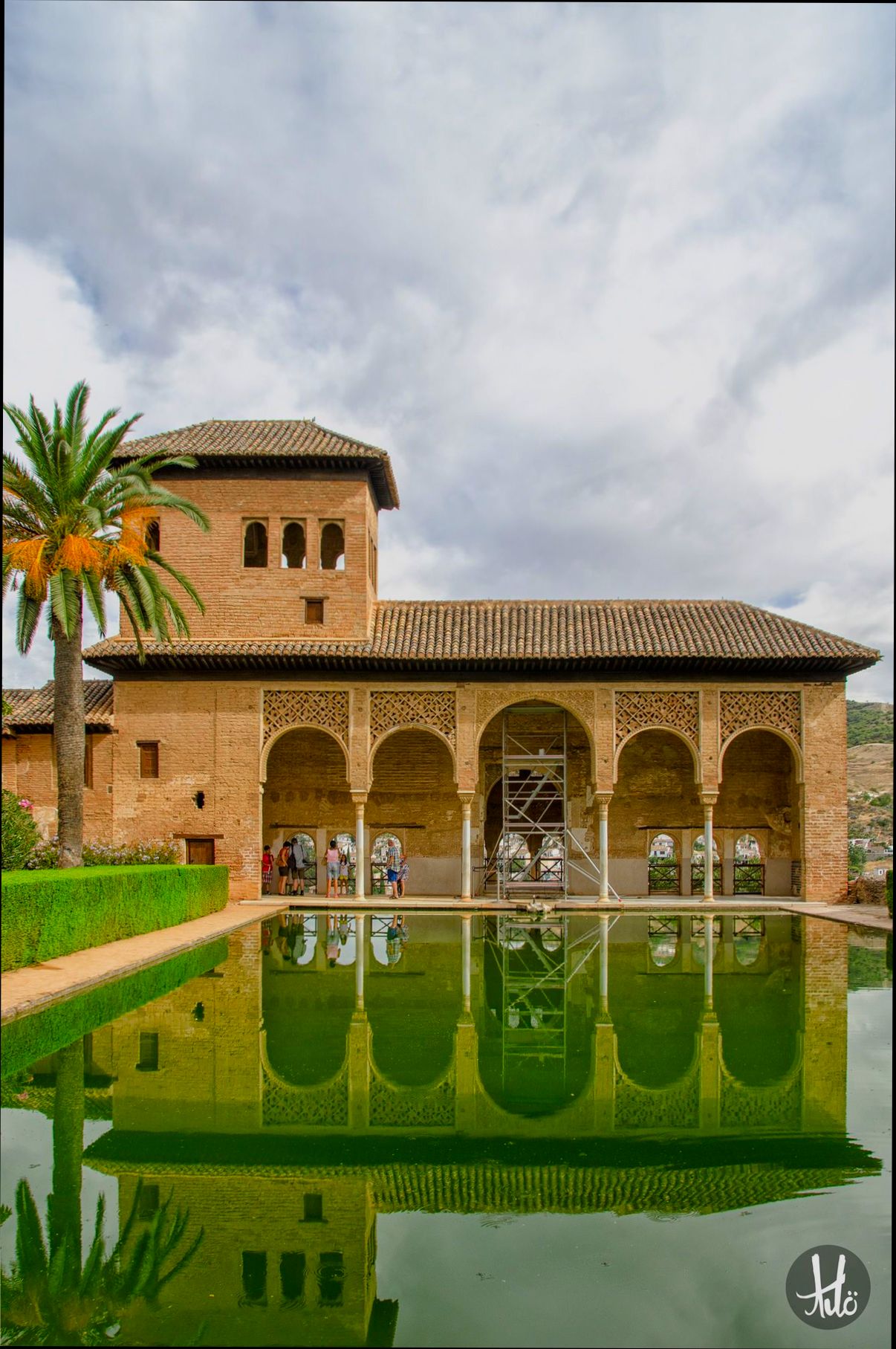
Notable Figures of the Moorish Period in Andalusia
Andalusia’s Moorish period was packed with influential figures who shaped its culture, science, and architecture. These individuals made lasting impacts that can still be felt today!
1. Abd al-Rahman III
Abd al-Rahman III was a real game-changer! As the Umayyad emir and later caliph, he ruled from 912 to 961 CE. Under his leadership, Cordoba became a bustling center of learning and culture, boasting over 1,000 mosques and a population estimated at around 1 million people at its peak. Can you believe that?
2. Averroes (Ibn Rushd)
This philosopher, dreamer, and even a medical scholar was active in the late 12th century. Averroes played a crucial role in bridging Islamic philosophy with European thought, particularly through his commentaries on Aristotle. His work laid the groundwork for the Renaissance. No biggie, right?
3. Al-Zahrawi
Sometimes referred to as the father of surgery, Al-Zahrawi lived from 936 to 1013 CE. He wrote the medical encyclopedia “Kitab al-Tasrif,” which contained over 300 surgical instruments. His influence on surgery was so significant that his methods continued to be used for over 500 years in Europe!
4. Ibn al-Haytham (Alhazen)
Known as the “Father of Optics,” Ibn al-Haytham (965-1040 CE) revolutionized our understanding of light and vision. He was the first to explain how we see objects, laying the groundwork for optics as a science. A true pioneer!
5. Maimonides (Musa ibn Maymun)
Although originally from Morocco, Maimonides (1135-1204 CE) made his mark in Andalusia. A physician and philosopher, he is best known for his work “Guide for the Perplexed,” widely studied in both Jewish and Islamic traditions. Talk about crossing cultural boundaries!
Fun Fact:
The contributions of these figures not only enriched Andalusian culture but also helped spark advancements in Europe during the Middle Ages.
Quick Stats
| Figure | Field | Key Contribution | Year Active |
|---|---|---|---|
Abd al-Rahman III | Politics/Culture | Established Cordoba as a center of learning | 912-961 CE |
Averroes | Philosophy | Commentaries on Aristotle | 1126-1198 CE |
Al-Zahrawi | Medicine | 300 surgical instruments in “Kitab al-Tasrif” | 936-1013 CE |
Ibn al-Haytham | Optics | Foundational work in optics | 965-1040 CE |
Maimonides | Philosophy/Medicine | ”Guide for the Perplexed” | 1135-1204 CE |
Andalusia’s Moorish history is vibrant and full of innovation, thanks to these remarkable personalities. When you visit, keep an eye out for remnants of their legacy!
